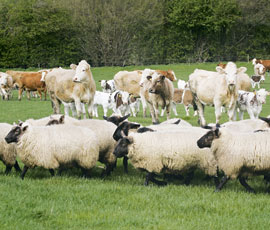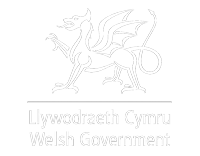The latest figures for Andersons’ Meadow Farm model shows some improved returns in the beef and sheep sector. However, even with current high livestock, prices, the farm struggles to make a profit from its farming activity.
Meadow Farm is a notional 154-hectare (380 acre) beef and sheep holding in the Midlands. It consists of grassland, with wheat and barley mainly for livestock feed. There are 60 spring-calving suckler cows with all progeny finished, a dairy bull beef enterprise and a 500-ewe breeding flock. The 2022/23 year was challenging – although output prices were high costs rose substantially (feed costs were especially expensive). Further cuts to the BPS meant the overall farm made a loss. In 2023/24, the gross margin improved due to lower costs and stronger livestock prices. Overhead costs continued to drift upwards. The farm again made a loss from production although it was much lower than the previous year. The current 2024/25 year shows an improvement in output once more. Some of the higher variable costs are due to the farm entering the SFI (i.e. herbal ley establishment). The extra income from the SFI offsets the decline of the BPS and the business profitability improves. The budget for 2025/26 suggests a downturn in performance – a combination of a further drop in the BPS and a moderation of beef and sheep values.
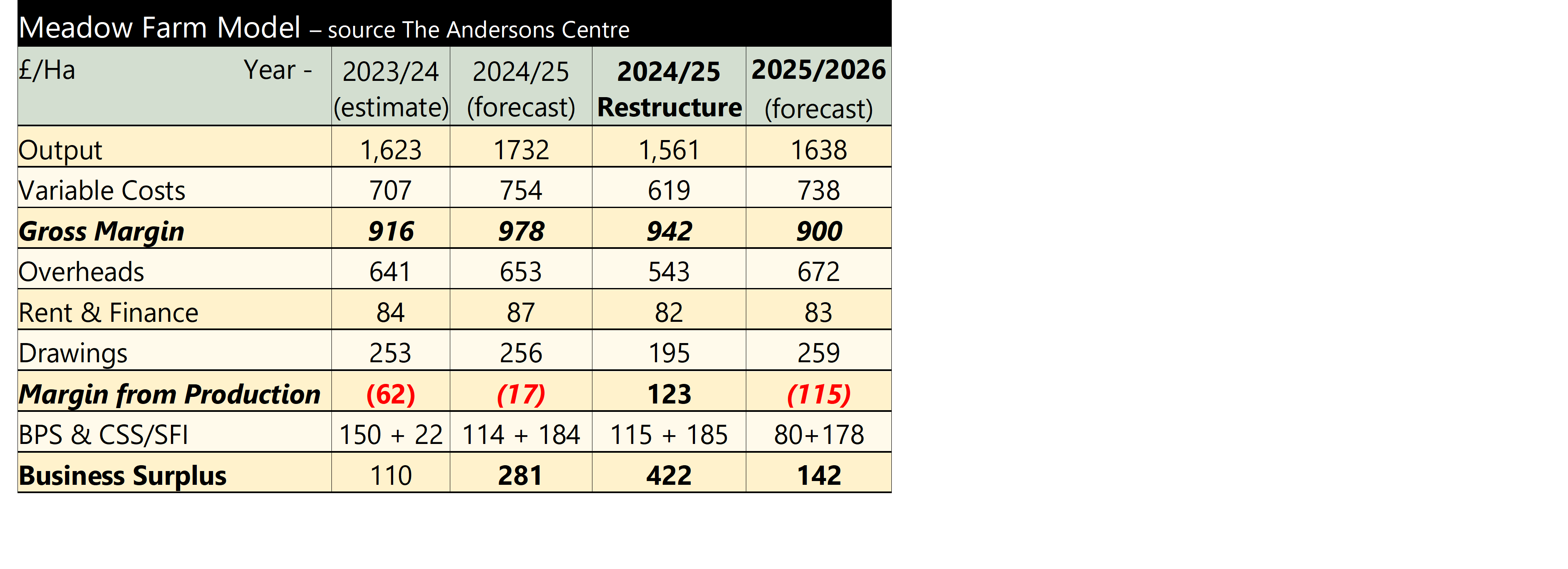
For nearly every year in the past decade, Meadow Farm has made a loss from agricultural production and has been reliant on support (BPS/CS/SFI etc.) to make a business surplus. With the phased removal of the BPS, and the CS and SFI being inherently less profitable, the farm could become unsustainable. The table above models a restructuring of the business. Based on figures for the 2024/25 year, the numbers show that the farm can be reorganised to make a better overall return. The restructuring sees the dairy beef enterprise discontinued and suckler progeny are sold as weaned stores, rather than being finished. The sheep enterprise is increased from 500 ewes to 700 ewes and the arable land is fully contracted out. Farm machinery is rationalised. In addition, the proprietors’ time is freed-up and so there is opportunity to earn more income off-farm (as a result, drawings reduce). There is now a margin made from agricultural activity. In total, the business does make a good overall profit of nearly £65,000.
Looking at ‘average’ profits for grazing livestock farms, such as from the Farm Business Survey, it can often seem that the sector is doomed to loss-making. However, there are good, profitable, beef and sheep farms in UK agriculture. The restructuring of Meadow Farm, which is not particularly severe, shows what is possible. The biggest obstacle tends to be people. In the case of Meadow Farm the change in business performance is contingent on one of the family members being willing to work part-time off-farm.
If you found this article useful, there are numerous additional articles published each month on our Professional Update bulletin service. You can access a no obligation 90-day free trial via the link below.
Sign up to the Professional Update